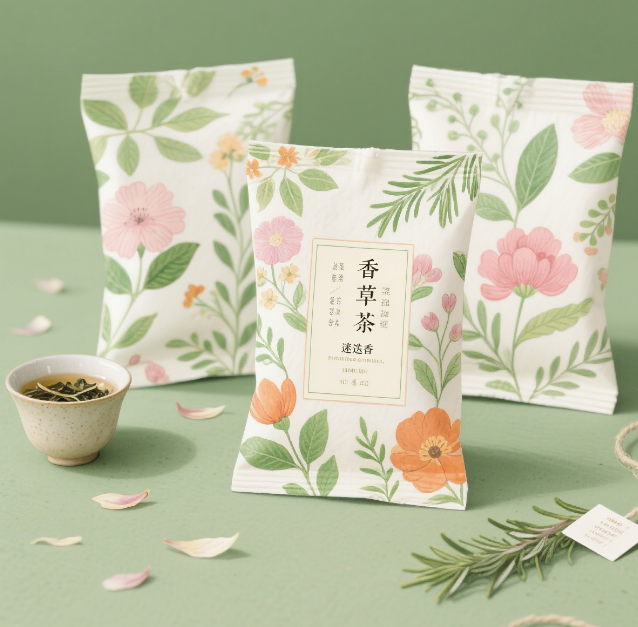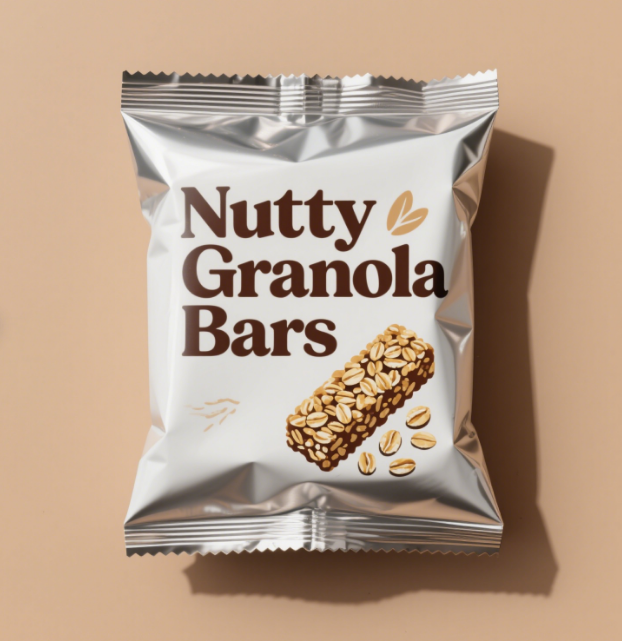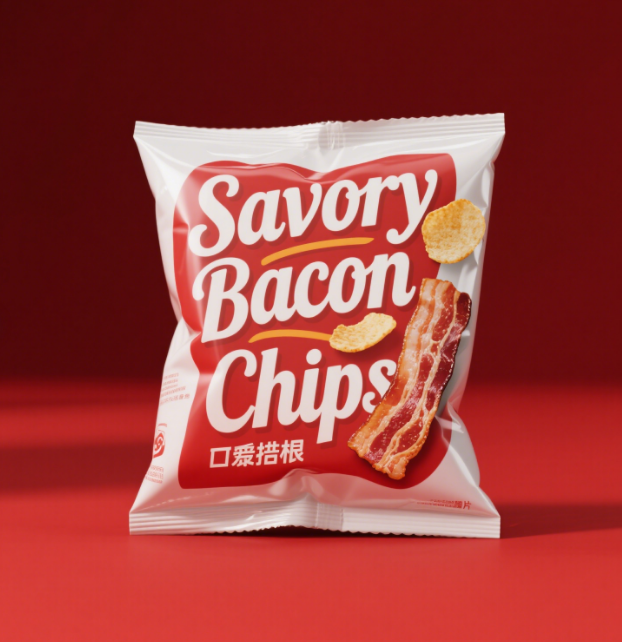diferentes tipos de envases de alimentos
El embalaje de alimentos desempeña un papel vital en la conservación y protección de los productos alimenticios a lo largo de todo su recorrido, desde la producción hasta el consumo. El embalaje primario incluye materiales que entran en contacto directo con los alimentos, como recipientes de plástico, frascos de vidrio y latas de aluminio, proporcionando una protección esencial contra factores ambientales. El embalaje secundario, como cajas de cartón y envoltorios termocontraíbles, ofrece una protección adicional durante el transporte y el almacenamiento. La tecnología de Embalaje con Modificación del Aire (MAP) prolonga la vida útil controlando la atmósfera interna del paquete. El embalaje activo incorpora componentes que interactúan con los productos alimenticios para mantener su calidad, mientras que los sistemas de embalaje inteligente monitorean y comunican información sobre las condiciones de los alimentos. Los materiales van desde opciones tradicionales como el vidrio y el metal hasta alternativas modernas y sostenibles, como los plásticos biodegradables y los materiales a base de plantas. Cada tipo cumple funciones específicas: control de humedad, propiedades de barrera contra el oxígeno, regulación de la temperatura y protección contra daños físicos. Características avanzadas incluyen absorbentes de oxígeno, agentes antimicrobianos e indicadores de tiempo-temperatura, asegurando la seguridad y calidad de los alimentos a lo largo de la cadena de distribución.


